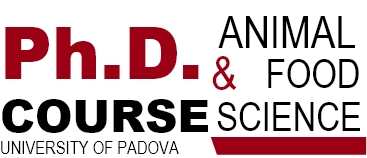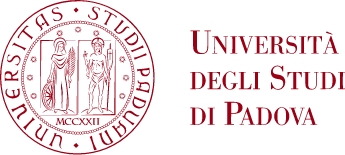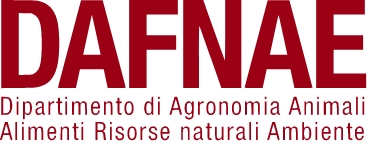Effect of different killing methods on physicochemical traits, nutritional characteristics, in vitro human digestibility and oxidative stability during storage of the house cricket (Acheta domesticus L.)
Singh Y., Cullere M., Kovitvadhi A., Chundang P., Dalle Zotte A. (2020)
The present research studied the effect of different killing methods on various quality attributes of the house cricket (Acheta domesticus) powder: physicochemical traits (pH, colour, radical scavenging activity, browning index, protein oxidation), nutritional profile (proximate composition), in vitro human digestibility, and oxidative stability of lipids during storage. With this purpose, seven different killing methods were compared: blanching (40 s at 100 °C), steaming (2 min 15 s), freezing (2 h 10 min at −20 °C), carbon dioxide (2 h 7 min at 25 °C), vacuum (1 h 35 min at 25 °C), plastic bag (3 h 1 min at 25 °C), and carbon dioxide + blanching (40 min carbon dioxide at 25 °C + 40 s blanching). All killing methods reduced the radical scavenging activity (p < 0.001) and increased the browning index (p < 0.001) of the cricket powder. Overall, cricket powder obtained through carbon dioxide, vacuum and plastic bag killing methods provided the best proximate composition (p < 0.001). Freezing, carbon dioxide, vacuum and plastic bag provided cricket powder with the highest polyunsaturated fatty acids proportion, thus having the healthiest lipid profile (p < 0.001), and guaranteed the lowest oxidative degree of lipids (p < 0.001). In the same groups, however, the lowest in vitro human digestibility was also observed (p < 0.001). Overall, none of the tested methods had detrimental effects on product quality and, at present, the choice of the most appropriate killing strategy seems a matter of equipment availability and cost-efficiency evaluations. Industrial relevance The present study provides new insights on the impact of the killing method on the final quality of cricket powder, a versatile, nutrient-rich food. The choice of the most appropriate method, together with its industrial implementation, are fundamental aspects to guarantee satisfactory quality standards and consumer’s health.



